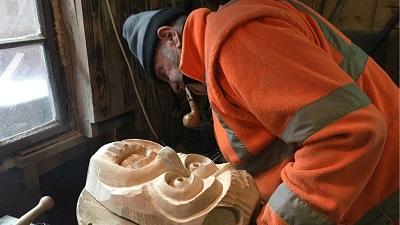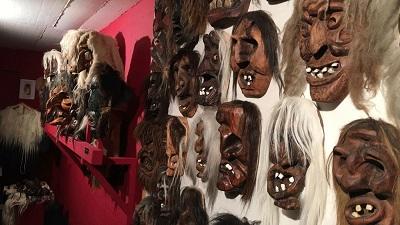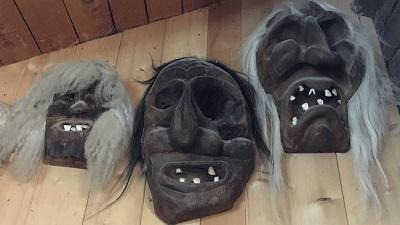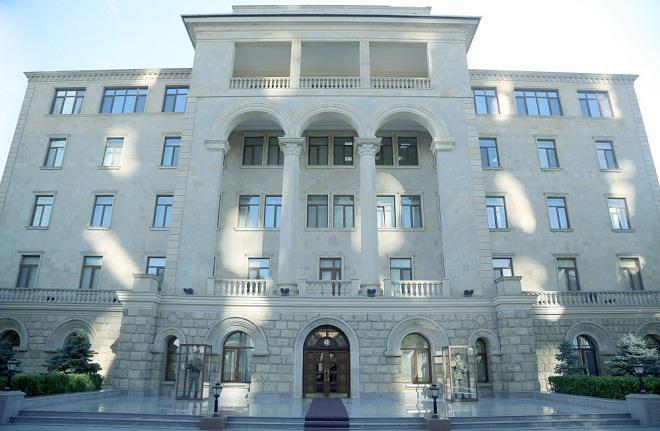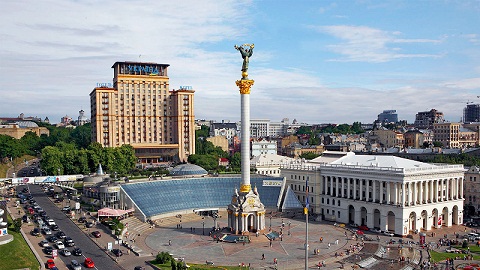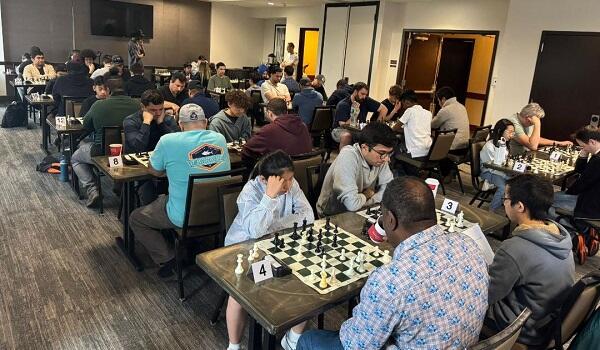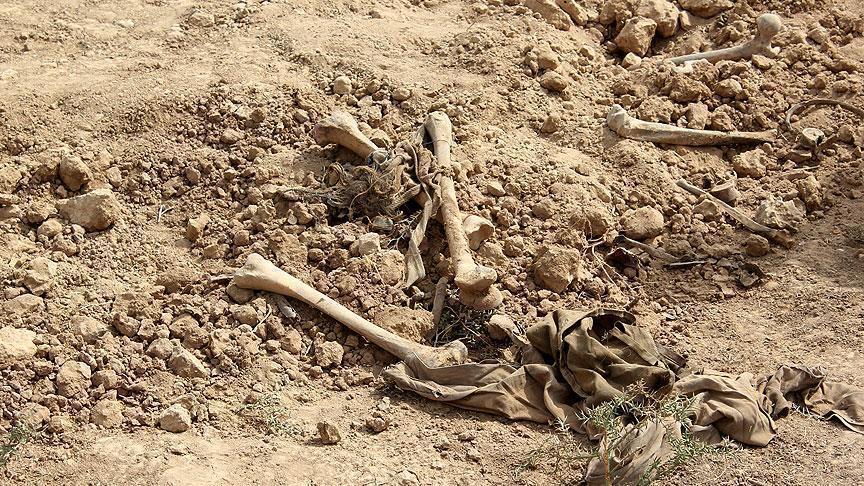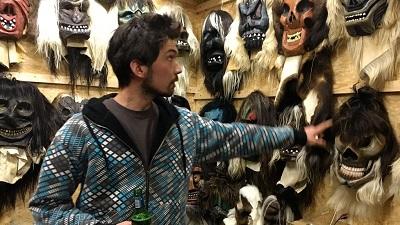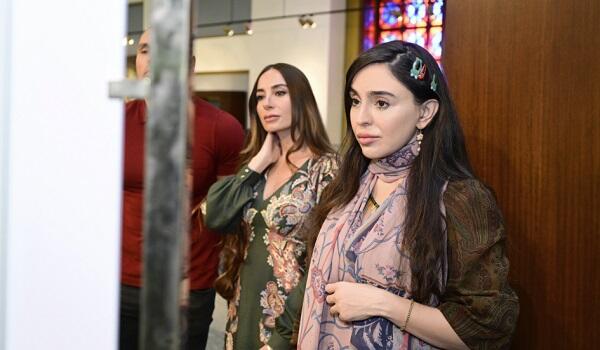Once a year, as the last icy blasts of winter begin to give way to spring, strange figures start to appear in the remote Swiss valley of the Lötschental.
Clad in animal skins, with huge cowbells round their waists, and wearing fearsome wooden masks, these are the Tschäggättä.
Local man Manuel Blötzer remembers how he felt, as a little boy, when he first saw them. "Frightened… but I wanted to see them. Where did they come from in the night? From above the mountains? Where did they go? I didn't know."
The origins of the Tschäggättä tradition remain shrouded in mystery, but the art of mask making is alive and well.
In his tiny workshop, Albert Ebener has been making masks for half a century. Today, as he carefully cuts and carves the wood, a terrifying face begins to emerge.
On the walls around Albert, masks made by his father and grandfather, complete with real teeth and hair, stare balefully down.
"I think it was probably a pagan ritual," he says. "Something to do with the sun, and chasing winter away."
A walk through the tiny Lötschental village of Kippel reveals more clues.
It has changed little over the centuries. Wood is used not just for those masks, but for the houses, many propped up on stilts to keep mice at bay. Firewood, still essential protection against the bitter winter cold, is stored beneath.
Inside Kippel's museum, the mask tradition is gloriously represented: dozens of masks dating back to the 18th Century are on display.
But as anthropologist Thomas Antonietti points out, none earlier than that: "They were made of wood; after they had been worn they were often burnt."
Over the long dark winters, new ones could always be made.
